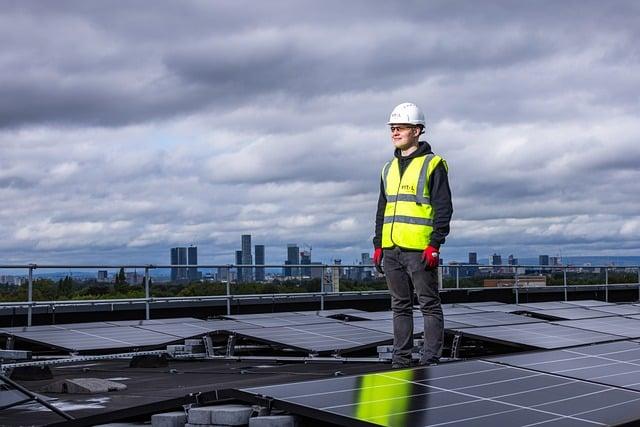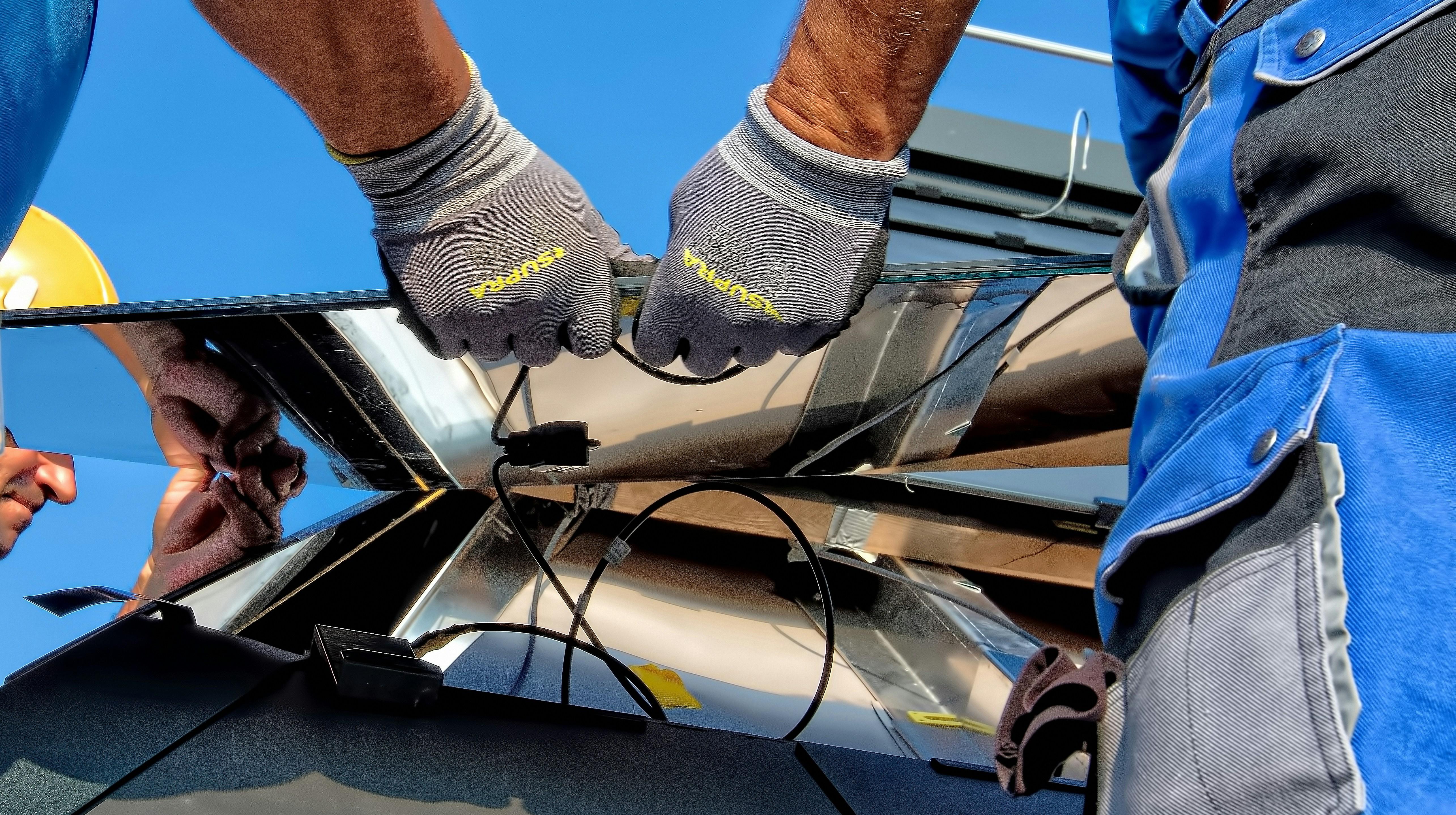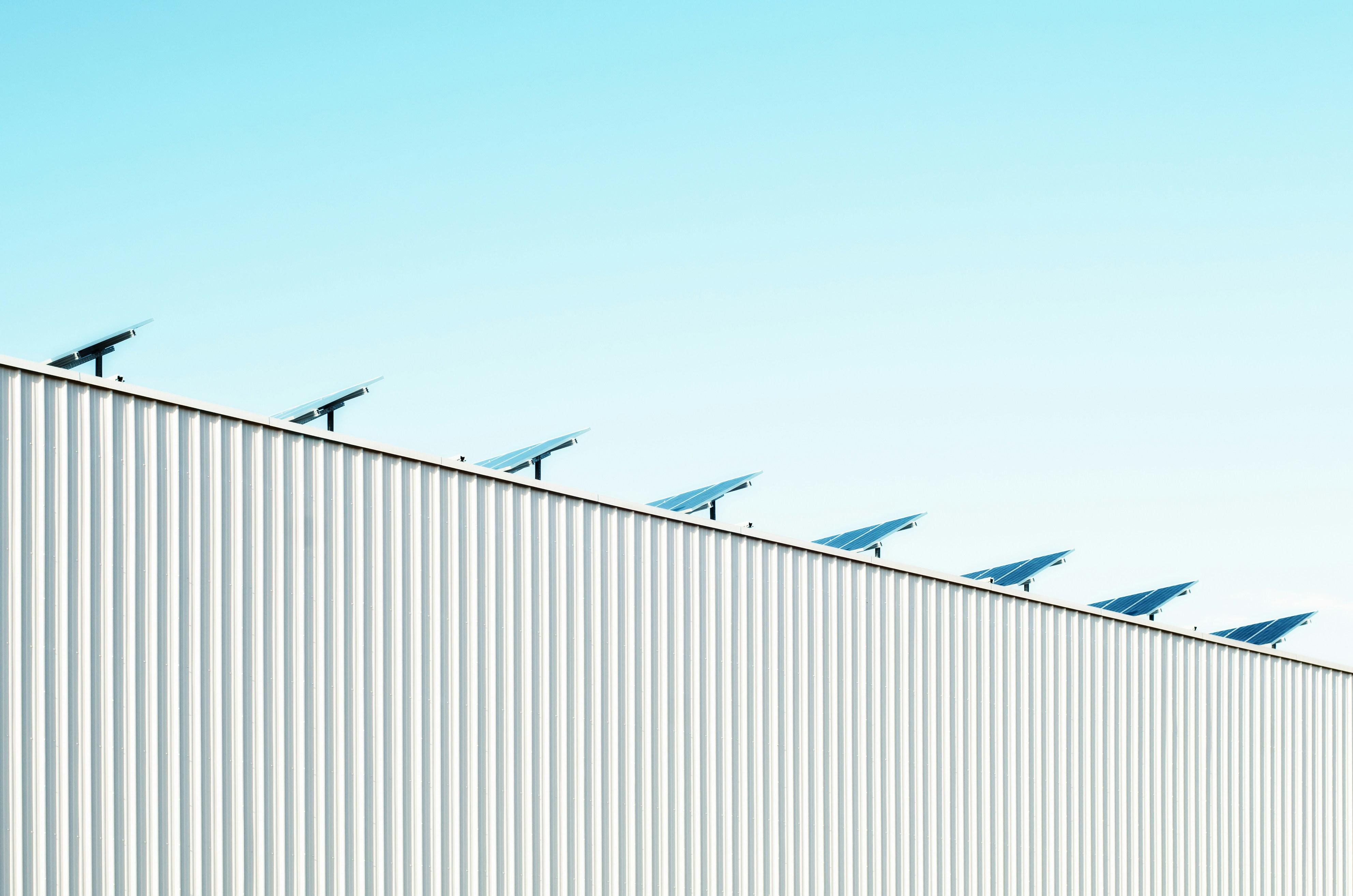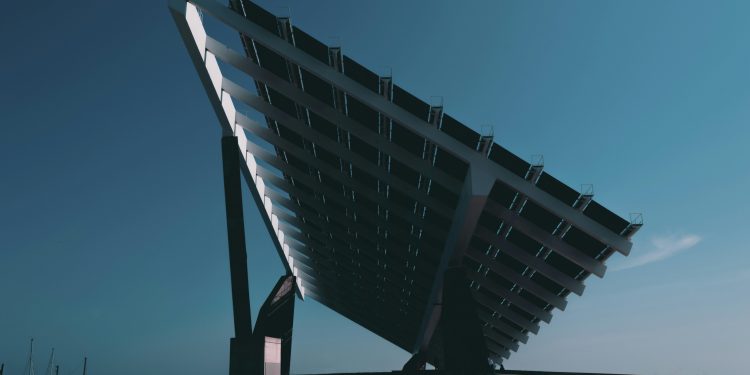In the ever-evolving landscape of renewable energy, innovation is the constant that propels us toward a more sustainable future. Among the myriad advancements, bifacial solar panels are emerging as a beacon of efficiency and versatility. Unlike their conventional counterparts, these cutting-edge panels capture sunlight from both sides, harnessing the ambient energy that often goes untapped. This dual-sided approach not only amplifies energy production but also reshapes the architectural and environmental possibilities of solar technology. As we delve into the world of bifacial solar panels, we uncover the nuances of their design, explore their multifaceted advantages, and consider their potential to redefine our energy paradigms. Whether you’re a renewable energy enthusiast or simply curious about the future of solar power, join us on this enlightening journey through the realm of bifacial innovation.
Understanding the Technology Behind Bifacial Solar Panels
Bifacial solar panels represent a significant leap in photovoltaic technology, utilizing both sides of the panel to capture sunlight. Unlike traditional solar panels, which only harness energy from the front, bifacial panels are designed with transparent backsheets or dual-glass, allowing them to absorb reflected light from the ground and surrounding surfaces. This innovative design not only increases energy yield but also offers flexibility in installation, making them suitable for various applications such as rooftop systems, ground-mounted installations, and even vertical facades.
Key technological features of bifacial solar panels include:
- Dual-Sided Absorption: The ability to capture sunlight from both sides significantly enhances the efficiency of energy conversion.
- Advanced Materials: Incorporation of materials like bifacial solar cells and transparent backsheets increases durability and performance.
- Albedo Effect Utilization: By harnessing the albedo effect—where sunlight is reflected off surfaces such as sand, snow, or concrete—these panels generate more power.
- Flexible Installation: Can be installed in various orientations and angles, making them adaptable to diverse environmental conditions.
By leveraging these cutting-edge features, bifacial solar panels not only contribute to higher energy production but also pave the way for more sustainable and versatile solar energy solutions.
Harnessing Dual-Sided Efficiency for Enhanced Energy Production
Bifacial solar panels represent a significant leap forward in photovoltaic technology, offering a unique approach to capturing sunlight. Unlike traditional solar panels that only utilize one side for energy absorption, bifacial panels are designed to capture sunlight on both sides, thereby increasing the total energy yield. This innovative design allows for greater efficiency, particularly in environments with high albedo surfaces like snow, sand, or reflective roofing materials. As a result, bifacial panels can generate up to 20% more energy compared to their monofacial counterparts, making them a compelling choice for both residential and commercial applications.
The advantages of bifacial solar panels extend beyond just increased energy production. Here are some key benefits:
- Durability: Bifacial panels often come with tempered glass on both sides, providing enhanced durability and a longer lifespan.
- Versatility: These panels can be installed in various configurations, including vertical, tilted, or horizontal, offering flexibility in design and placement.
- Reduced Balance of System Costs: With higher energy output, fewer panels may be needed, potentially reducing the costs associated with mounts, wiring, and other installation components.
By embracing this dual-sided technology, users not only optimize their energy generation but also contribute to a more sustainable and efficient energy future.

Maximizing Returns: Strategic Installation of Bifacial Solar Panels
In the quest to harness the sun’s energy more efficiently, bifacial solar panels have emerged as a game-changer. Unlike traditional solar panels that capture sunlight on a single side, these innovative panels are designed to absorb light from both the front and rear surfaces, significantly enhancing their energy yield. To capitalize on this dual-sided technology, strategic installation becomes crucial. By positioning bifacial panels on highly reflective surfaces such as white rooftops, gravel, or even water bodies, you can maximize their exposure to indirect sunlight and reflections.
- Optimal Angle and Tilt: Ensure the panels are angled correctly to maximize sunlight exposure throughout the day.
- Elevated Mounting Systems: Use elevated structures to minimize shading and maximize light capture from the rear side.
- Albedo Optimization: Choose installation surfaces with high albedo, or reflectivity, to increase the amount of reflected light hitting the panels.
These strategic considerations can significantly boost the performance of bifacial solar panels, ensuring you get the most out of your solar investment. As the world shifts towards more sustainable energy solutions, leveraging the unique benefits of bifacial technology is not just a smart move but a necessary one.

Comparative Analysis: Bifacial vs. Monofacial Solar Solutions
When evaluating solar panel options, the choice between bifacial and monofacial solutions presents a fascinating exploration of technology and efficiency. Bifacial solar panels are designed to capture sunlight from both sides, significantly increasing energy yield by utilizing reflected light from surfaces such as rooftops, ground, or snow. This innovative design often leads to higher energy output, especially in environments where reflective surfaces are abundant. In contrast, monofacial panels absorb sunlight on only one side, making them less efficient in maximizing energy capture, but they remain a more traditional and widely used choice due to their simplicity and lower initial cost.
- Higher Energy Output: Bifacial panels can harness up to 30% more energy compared to monofacial ones, particularly in optimal conditions.
- Versatile Installation Options: Their dual-sided nature allows for flexible installation angles and positions, enhancing energy production.
- Durability and Longevity: With tempered glass on both sides, bifacial panels are often more durable, potentially offering a longer lifespan.
- Cost Considerations: While initial costs are generally higher for bifacial panels, the increased energy efficiency can lead to quicker ROI.
In Retrospect
As we journey through the evolving landscape of renewable energy, bifacial solar panels emerge as a promising beacon of innovation and efficiency. These dual-sided marvels not only capture sunlight from above but also harness the reflective power of the surfaces beneath them, offering a new dimension to solar energy generation. As we’ve explored their advantages, from enhanced energy yield to versatile applications, it’s clear that bifacial technology holds significant potential for a more sustainable future. Whether installed in vast solar farms or urban environments, these panels symbolize a step forward in our quest to optimize energy resources. As the sun sets on our exploration today, let us remain curious and open to the possibilities that such innovations bring, illuminating the path towards a cleaner, greener tomorrow.

































